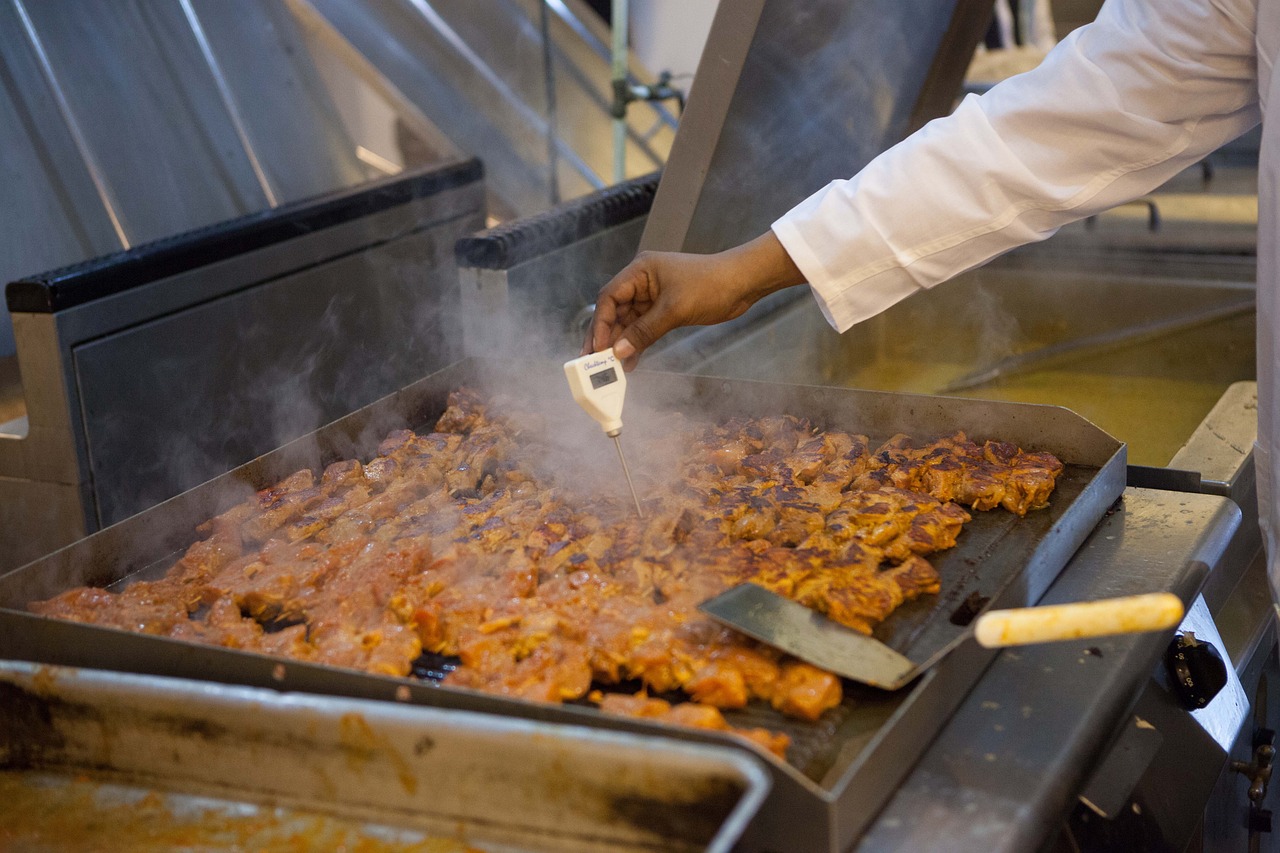Courses

The Diploma in Food Safety course will introduce the chemical and biological risks in food that are the consequence of inappropriate packaging, processing, handling, storage, food quality & deterioration, commodities storing, food composition of particular hazardous food, food poisoning, food intoxication, and all kinds of foodborne illness.
Course Aims:
The students learn:
● To combine concepts of food safety operations & food processing sanitation and along with this they understand their role in the processing of food.
● To gain the eligibility of thinking critically about complications and issues in food processing.
● To gain awareness on what is the role of the food processing industry in society.
● Gain a better understanding of food sanitation, food hygiene, and safety during operations of food processing units.
● Foodborne illness along with the route of infection in food.
● Management Control Techniques.
Course Outcomes:
Upon completion of the Diploma in Food Safety Course, the students should be eligible for:
● Defining the terms of food poisoning, food safety, contamination, foodborne illness, potential food hazards, and cross-contamination.
● Clarify the best practices for ensuring genuine hygiene.
● Having a better understanding of how to make corrective actions during the manufacturing of foodstuff for ensuring food safety and hygiene.
● Become capable of differentiating among food intoxication, food poisoning, and diverse pathogens that cause foodborne illness.
● Customer complaint investigation.
● Raw materials purchasing.
● Know the responsibilities of supervisors while dealing with health enforcement officers.
● Know about the correct levels of lighting, temperature control, and ventilation.
● How to do supervision of the safe disposal of contaminated waste.
● Methodologies of checking, verifying, and recording food temperatures.
● Keeping accurate records of staff training.
● Contamination control.
Fill your details to get a free Consultation
Syllabus
Candidates must be well-equipped with the knowledge of the terminology used in food safety and the laws that are applied to food businesses. In addition to this, candidates should hold the capability of:
● Defining the terms food poisoning, food safety, food allergy, food-borne illness, and contamination
● Specifying the outputs of inadequate standards of food hygiene along with the merits of good food standards.
● Elaborate on the purpose of a documented food safety management system.
● Have a well-awareness of the relationship between risk, hazard, and control along with how it may aid in prioritizing actions.
● Understanding the reasons behind food poisoning and analyzing those most susceptible to its effects.
● Explaining the legal necessities of training and understanding the significance of training, refresher training, and training records.
● Describing the concept of contamination along with examples of common food contaminants.
● Expressing the biological and non-biological causes of food poisoning along with explaining what the micro-organisms involved in this are and where they can be found.
● Describe that the application of heat treatment during food preparation must accomplish particular temperatures for ensuring the complete safety of the food.
● Having a better awareness of the significance of high temperatures in the supply of safe food.
● Describe the risks associated with undercooking foods.
● Explain the processes of recording and monitoring heat processes.
● Well aware of the significance of personal hygiene at work.
DURATION- 6 MONTH & 1 YEAR



